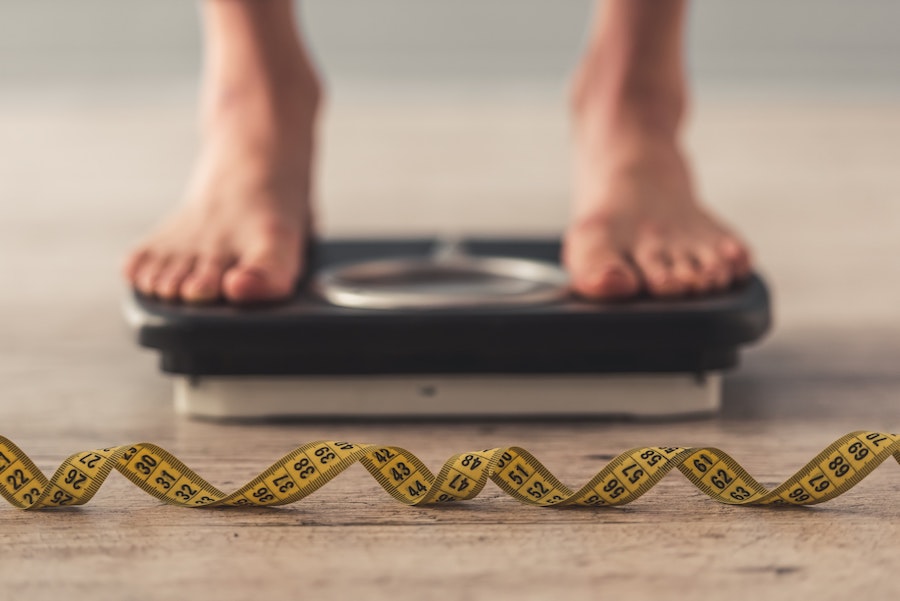The new cult diet everyone is taking about: What exactly is the Dubrow diet?
It’s one of the most Googled diet trends of the year.
If you’re the type of person that keeps an eye on the dieting industry, you’ll likely have heard of eating keto and losing weight the paleo way. But have you heard of the Dubrow diet?
If the name sounds familiar, it’s because it was created by Real Housewives Of Orange County star Heather Dubrow and her plastic surgeon husband Terry Dubrow. Their book, The Dubrow Diet: Interval Eating to Lose Weight and Feel Ageless, has hit number one in the US on Amazon, and Google has also named it as one of their most searched-for diets of the year.
But what exactly is it and can it really help you lose weight?
The Dubrow lowdown
The Dubrow diet is essentially an intermittent fasting plan that says it targets metabolism to train the body to burn fat. It mimics a lot of the same principles as the keto diet, but instead of just cutting out carbs, the plan revolves around a low-carb intake alongside periods of intermittent fasting.
While following the diet, you don’t need to count calories or macros. Instead, you maintain a fast for 12 to 16 hours each day, depending on which “phase” of the diet you’re in. During times when you’re allowed to eat, the diet promotes green vegetables, lean proteins, and healthy fats including fish, chicken, nut butters and avocado. It also allows for the occasional cheat meal or alcoholic drink, and coffee isn’t banned either.
The Dubrows’ claim that following the plan will not only cause weight loss, but will also “activate the anti-ageing ability found in your cells”, leading to younger-looking skin. This, they say, is due to a process of cell turnover called autophagy.
In fact, the couple even suggest that the long-term effects of autophagy are similar to plastic surgery, and hint that it’s how they maintain their youthful appearance.
The plan follows different phases
The diet is portioned into three different ‘phases’, and each one has a different recommended fasting period.
Phase one is the most extreme and is meant to reset your internal hunger clock. It requires fasting for 16 hours a day — so only eating from midday to 8pm – for about five days. Alcohol is not allowed during this phase.
Once you’ve mastered this stage, you’ll transition to phase two, which includes three fasting periods for slow, medium and quick weight loss – depending on how fast you want to lose the weight.
For instance, if you want to do it quickly, you’d stick with a 16-hour reset and eight-hour refuel window, but if you’ve got time to play with, you can dial it down to 12 hours until you hit your desired weight.
Phase three is all about maintenance. Once you’ve reached your goal weight, you stick with a 12-hour fast five days a week; and a 16-hour fast twice a week. There’s also the option to slot in a ‘cheat’ meal. The idea here is that you find a less intense version of the diet that’s easier to sustain and adopt long-term.
So can it help you lose weight?
Scientific research is mixed on the results of intermittent fasting.
A 2015 review of 21 studies found that while certain types of fasting have helped people to lose body fat, the evidence to suggest that time-restricted fasting works is limited, and “clear conclusions cannot be made at present.”
In 2017, The International Society of Sports Nutrition also noted that there isn’t any conclusive proof to suggest that intermittent fasting is more effective than cutting calories when it comes to weight loss.
That being said, plenty of people have praised the diet on Instagram for helping them to lose weight and adopt healthier eating habits in the long-run.
As always, dieting is not a ‘one-size fits all’ solution, and it’s all about what works for you, but either way – fasting for 16 hours a day during January doesn’t sound like a particularly fun way to start the New Year.
The Press Association
Latest posts by The Press Association (see all)
- World Penguin Day: Test your knowledge with our penguin-themed quiz - April 23, 2024
- Kate’s new photo of Louis released to celebrate prince’s sixth birthday - April 23, 2024
- Alan Titchmarsh: Slugs are never going to be my friends - April 23, 2024
- Prince Louis celebrates sixth birthday - April 23, 2024
- Special episode of Planet Earth III to be narrated by schoolchildren - April 22, 2024






















